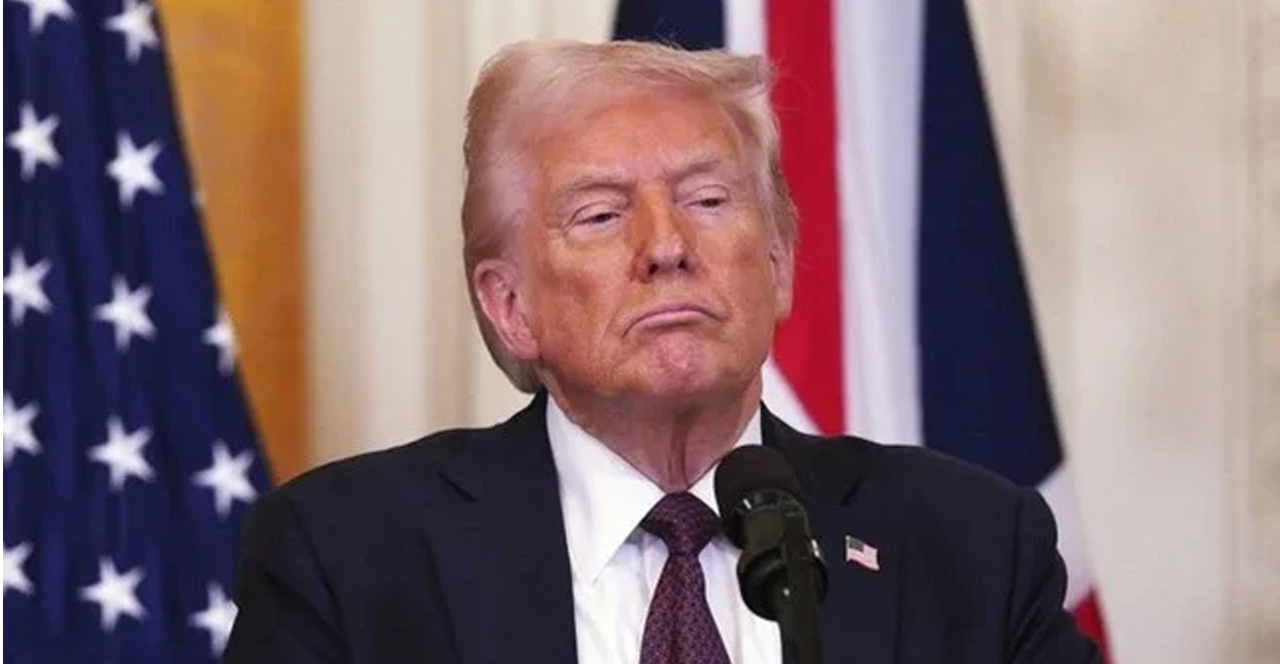The trade war initiated by President Donald Trump has officially kicked off the Auto Tariffs. He referred to it as “the day of liberation,” announcing new “reciprocal duties” that will impact all of the United States’ trading partners, whether they are rivals or allies. Naturally, the European Union finds itself on this list as well.
“Our country has been plundered and violated. This will never happen again,” Trump declared, framing this moment as a true declaration of economic independence. The plan set forth by his administration includes a minimum tariff of 10% on all imports into the U.S., but for the “worst offenders,” those rates will be even steeper. For instance, imports from Europe will face tariffs of up to 20%, while China will see duties as high as 34%.
CAR DUTIES in Auto Tariffs
The much-debated tariffs on cars have also officially taken effect. Any vehicle produced outside the U.S. will now incur a 25% customs tariff. But it doesn’t stop there; starting May 3, these tariffs will extend to many car components as well. A list of affected parts has already been compiled, including engines, transmissions, lithium-ion batteries, and more. The Department of Commerce is expected to update this list in the future.
This creates a challenging situation that could have serious consequences for car manufacturers and consumers alike. Analysts have pointed out that these tariffs could lead to a significant rise in car prices in the U.S., even for those made domestically, due to the impact on the supply chain for components. Additionally, some imported models may be phased out as manufacturers find them no longer economically viable, particularly the more affordable options with tighter profit margins.
It will be interesting to see how things unfold now that the tariffs are in place. According to the German Automobile Manufacturers’ Association (VDA), these tariffs are likely to create more losers than winners. The VDA is urging the EU to respond decisively.


